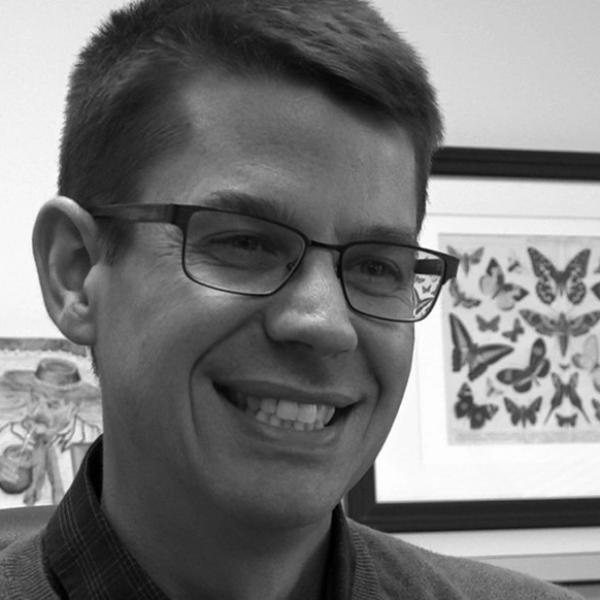We study adaptation and speciation, with a special focus on the genetic basis of wing pattern mimicry in butterflies. Other topics of study in the lab include mate preference evolution in butterflies, monarch butterfly migration, and poison dart frog color patterning. Our work is highly integrative, spanning genomics, population genetics, molecular and developmental biology, animal behavior, and field work.
Harvard University
Cambridge, Massachusetts
Bauer Fellow - Systems Biology
2012
University of Texas
Austin, Texas
post-doc - Evolutionary Biology
2007
University of Texas
Austin, Texas
Ph.D. - Ecology, Evolution & Behavior
2004
University of Miami
Miami, Florida
B.S. - Biology
1998
Synchrotron-source micro-x-ray computed tomography for examining butterfly eyes.
Synchrotron-source micro-x-ray computed tomography for examining butterfly eyes. Ecol Evol. 2024 Apr; 14(4):e11137.
PMID: 38571794
Supergene evolution via gain of auto-regulation.
Supergene evolution via gain of auto-regulation. bioRxiv. 2024 Jan 09.
PMID: 38260248
Acute and Long-Term Consequences of Co-opted doublesex on the Development of Mimetic Butterfly Color Patterns.
Acute and Long-Term Consequences of Co-opted doublesex on the Development of Mimetic Butterfly Color Patterns. Mol Biol Evol. 2023 09 01; 40(9).
PMID: 37668300
New molecular insights into butterfly pigmentation.
New molecular insights into butterfly pigmentation. Cell Rep. 2023 08 29; 42(8):112981.
PMID: 37594895
Migration genetics take flight: genetic and genomic insights into monarch butterfly migration.
Migration genetics take flight: genetic and genomic insights into monarch butterfly migration. Curr Opin Insect Sci. 2023 10; 59:101079.
PMID: 37385346
Divergent expression of aristaless1 and aristaless2 during embryonic appendage and pupal wing development in butterflies.
Divergent expression of aristaless1 and aristaless2 during embryonic appendage and pupal wing development in butterflies. BMC Biol. 2023 05 11; 21(1):104.
PMID: 37170114
aristaless1 has a dual role in appendage formation and wing color specification during butterfly development.
aristaless1 has a dual role in appendage formation and wing color specification during butterfly development. BMC Biol. 2023 05 04; 21(1):100.
PMID: 37143075
Seasonal plasticity in morphology and metabolism differs between migratory North American and resident Costa Rican monarch butterflies.
Seasonal plasticity in morphology and metabolism differs between migratory North American and resident Costa Rican monarch butterflies. Ecol Evol. 2023 Feb; 13(2):e9796.
PMID: 36844673
Butterfly mimicry rings run in circles.
Butterfly mimicry rings run in circles. Proc Natl Acad Sci U S A. 2023 01 24; 120(4):e2220680120.
PMID: 36649418
Museum genomics reveals the Xerces blue butterfly (Glaucopsyche xerces) was a distinct species driven to extinction.
Museum genomics reveals the Xerces blue butterfly (Glaucopsyche xerces) was a distinct species driven to extinction. Biol Lett. 2021 07; 17(7):20210123.
PMID: 34283930
Biological Sciences Division Distinguished Investigator Award
University of Chicago
2016
NSF CAREER Award
University of Chicago
2015
Pew Biomedical Scholar
University of Chicago
2015 - 2020
Neubauer Family Endowed Assistant Professorship
University of Chicago
2012 - 2017
Bauer Fellows Program
Harvard University
2007 - 2012
NSF Doctoral Dissertation Improvement Grant
2002
Summa cum laude
University of Miami
1998
Phi Beta Kappa Honor Society
University of Miami
1997
